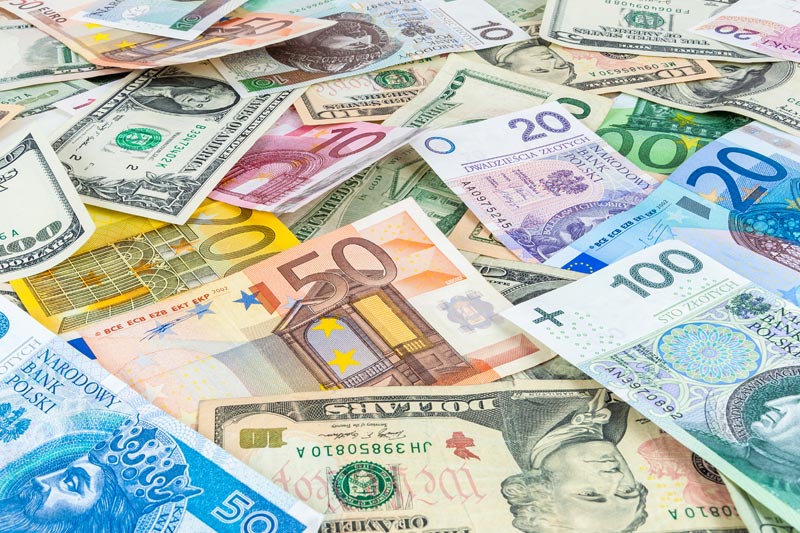Two 59%+ winners, four above 25% in Aug – How this AI model keeps picking winners
* Norway's crown, Canadian dollar gain
* Oil importers Turkey, India see currencies weaken
* China's industrial output slows, yuan falls
* Graphic: World FX rates in 2019 http://tmsnrt.rs/2egbfVh
(Adds details, new quote, updates prices)
By Tommy Wilkes
LONDON, Sept 16 (Reuters) - Currencies linked to the price
of oil rose on Monday after an attack on Saudi Arabian refining
facilities disrupted global oil supplies, while the Japanese yen
and Swiss franc strengthened as nervous investors sought safety.
Oil prices surged nearly a fifth following the strikes,
which knocked out more than 5% of global oil production. Yemen's
Iran-aligned Houthi group claimed responsibility, but the United
States blamed Iran. President Donald Trump said Washington was
"locked and loaded" to retaliate. The Norwegian crown surged to 8.9215 per dollar and then
settled at 8.9695 crowns NOK=D3 , up 0.2% on the day. It was
last 0.3% ahead versus the euro EURNOK=D3 .
The Canadian dollar rose 0.2% to C$1.3264 CAD=D3 after
earlier reaching C$1.3208. The Russian rouble RUB= was 0.5%
higher.
The currencies of oil importers such as Turkey TRY= and
India INR= weakened.
Overall, the forex market reaction was limited. A bigger
concern was that a supply-side shock and growing geopolitical
tensions would damage an already fragile global economy, MUFG
analyst Lee Hardman said.
"Downside risks for the global economy would intensify if
geopolitical risks in the region continued to escalate, creating
a more unfavourable environment for high beta emerging market
and high yielding currencies," he said.
The Japanese yen, a common choice for investors seeking
shelter from market uncertainty, rose 0.4% to 107.71 yen per
dollar JPY=EBS . The Swiss franc gained versus the euro but was
only up 0.2% at 1.0946 EURCHF=EBS .
The U.S. dollar recovered earlier losses and added 0.1%
against a basket of currencies .DXY , with its index touching
98.343.
Speculators have trimmed their bullish bets on the dollar,
the latest data from the Commodity Futures Trading Commission
showed.
The euro dipped 0.2% to $1.1049 EUR=EBS .
CHINA WEAKNESS
In China, data released on Monday showed industrial output
grew in August at its slowest pace in more than 17 years and
retail sales rose less than expected That added to
pressure for stimulus, and in offshore trade the Chinese yuan
CNH=EBS weakened 0.3% to 7.0653 per dollar.
The market focus on Monday was the Middle East, but
attention will also remain on central bank meetings in the
United States and Japan, which follow the European Central
Bank's stimulus package announced last week.
Investors expect the Federal Reserve to cut rates on
Wednesday FEDWATCH and will be looking for signals on further
easing. A third of economists polled by Reuters expect the Bank
of Japan to announce ramped-up stimulus on Thursday.
Japanese markets are closed on Monday for a public holiday.
Marshall Gittler, a strategist at ACLS Global, said the
latest positioning data showed long positions on the yen had
risen, probably because investors are betting on a worsening in
the U.S.-China trade dispute despite easing tensions recently.
"JPY longs are getting to be relatively high, although not
dangerously so. Nonetheless, there's plenty of room for them to
be cut back further if U.S.-China trade tensions relax somewhat,
as seems likely," Gittler said.
Sterling, which has soared over the past week on growing
investor confidence that a no-deal Brexit is off the table, fell
back from a two-month high to $1.2446 GBP=D3 , down 0.5% on the
day. It fell 0.3% against the euro to 88.78 pence EURGBP=D3 .
(Editing by Larry King)
